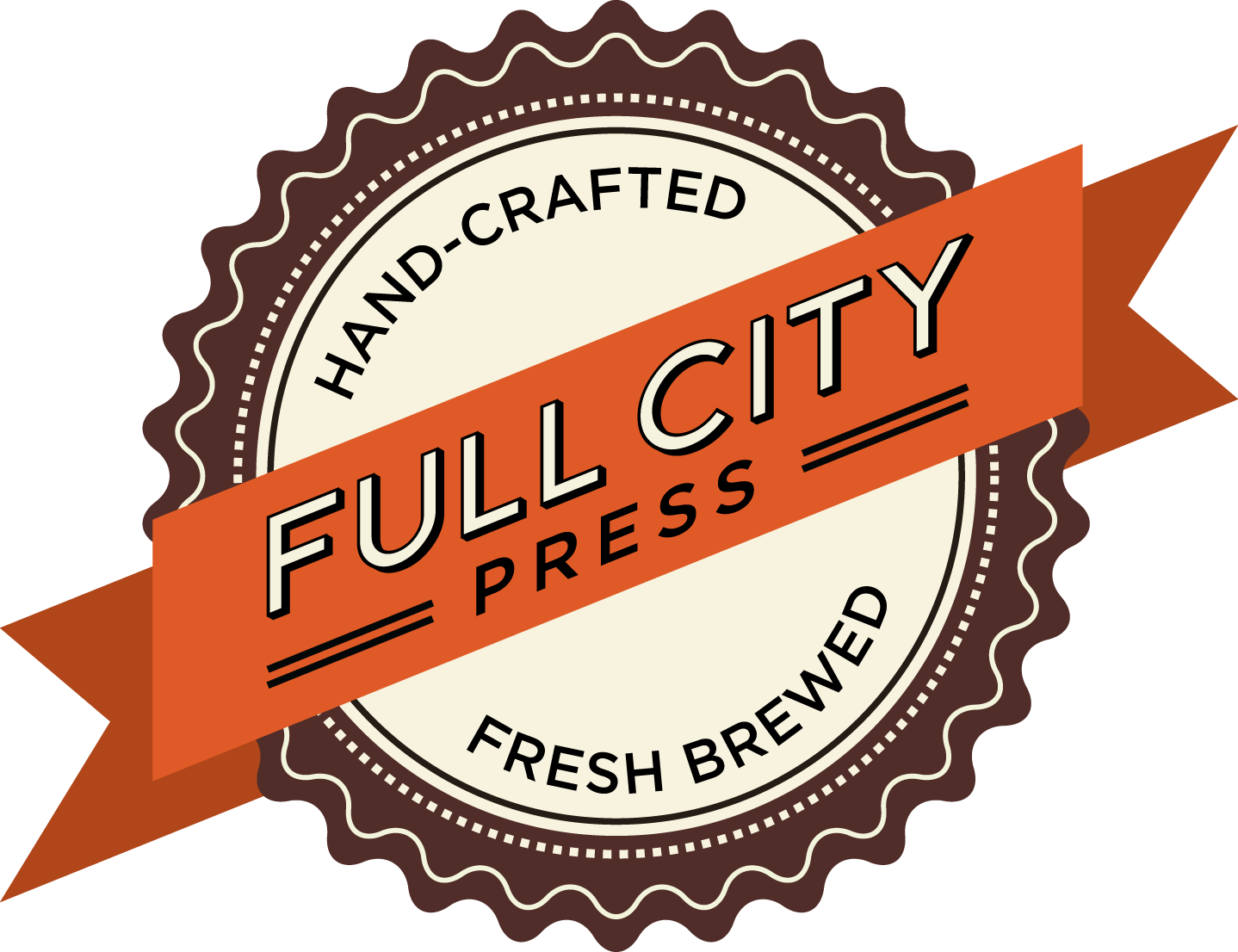Byword is a fantastically simple typing interface for the Mac. I picked it up when version 1.2 came out, which introduced Markdown support. I held off on publishing my thoughts after having a brief discussion with the developers about Markdown support getting a lot better in 1.3. Well, Byword 1.3 made its way onto the Mac App Store today, and I thought I'd share my thoughts on what has become my go-to tool for writing on my Mac.
Syntax
When Byword 1.2 introduced Markdown support a while back, the furthest it reached was the ability to convert your markup into HTML and preview or export it. This was all well and good, but having come from using the abandonware of TextMate, I missed being able to see my Markdown syntax take effect while I wrote. Meaning that by surrounding a word with an asterisk on each side, it would italicize. Well, Byword 1.3 takes care of that. Emphasis and strong emphasis, headers, ordered and unordered lists, and more all render in real time, aiding in visualizing your final work at a glance.
The export options have even expanded to include PDF, RTF, Word, & LaTeX in addition to HTML.
Preferences
I have always enjoyed Byword's minimal preference pane, which offers a light or dark theme, text width choices of narrow, medium, or wide, and the font chooser. Thankfully, one crucial preference was added, and that is the ability to set a default text format of rich text, plain text, or Markdown. And the Markdown choice even uses the .md file extension.
Miscellaneous Niceties
When tapping out a list, whether ordered or unordered, tapping return once now adds the next row with the appropriate marking. Also, there is a new typewriter scrolling mode which keeps the current line centered vertically in the window, so you can watch one area while typing, instead of traveling down the length of your screen as your type.
Ready to Roar
Byword 1.3 also adds support for OS X Lion, which should be arriving any day now. Once running on Lion, Byword will trade its custom full-screen support for Lion's native Full-Screen App support, along with Auto-Save, Versions, and Resume.
As someone who writes almost exclusively in Markdown anymore, Byword has grown to become the tool I reach for when I go to write. Today's enhancements to how Byword handles Markdown syntax has sealed it. In my book, Byword has become the tool that every serious writer using Markdown should use.
If you are looking for an app that is clean and simply gets out of your way so you can write, I can't recommend Byword enough.
Byword is available on the Mac App Store for $10.
